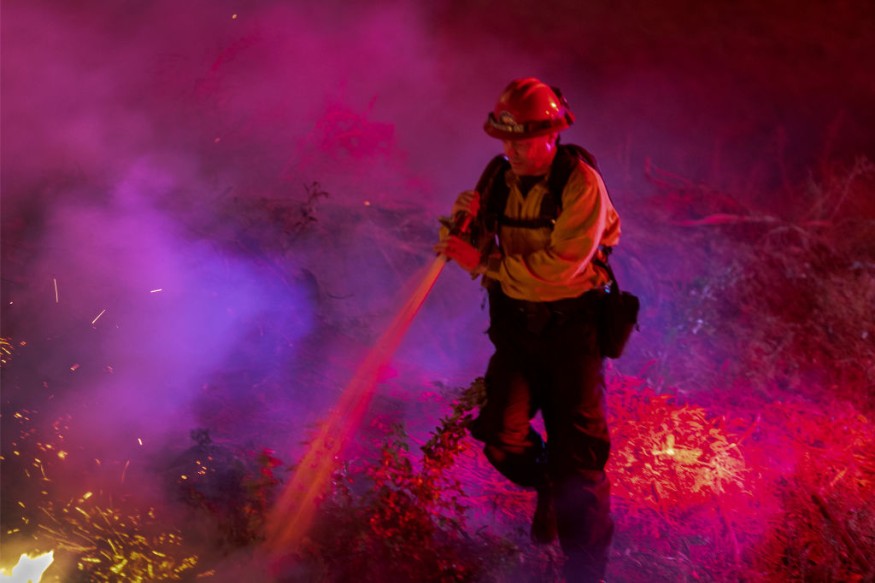Santa Ana winds are forecasted to blanket Southern California throughout the remainder of the week, prompting the risk of wildfires and other hazards.
US meteorologists predicted that the strong offshore winds can down trees and power lines, as it is already the case for San Diego County, California.
The winds bring life-threatening and disruptive risks to both commuters and drivers across the region.
Southern California at Risk

Latest developments as of Thursday evening showed the fierce Santa Ana winds struck the San Diego area, turning driving conditions dangerous for big rigs and other large vehicles as the winds toppled multiple trees, one of which fell onto a person in Balboa Park, CBS 8 reported.
With this, officials closed several parks due to fears downed trees could further wreak havoc in the area as gusty winds continue to sweep the county. Due to overturned vehicles and uprooted trees, the National Weather Service (NWS) issued a warning for motorists to exercise caution, particularly those traveling along Interstate 8 in the East County highlands.
High Wind Warnings
The weather service issued high wind warnings for most of the region as the potentially strong, damaging Santa Ana winds are forecasted to hit Southern California from Thursday.
Northeast winds reach strength of up to 35 to 45 miles per hour, with wind guts of up to 70 miles per hour, as cited by a video report of Los Angeles' local media outlet KTLA 5 News.
Under the warnings, the US weather agency said that the powerful winds could pummel large objects, including branches, trees, and power lines, causing power outages.
What are Santa Ana Winds?
Santa Ana winds is a "blustery, dry and warm (often hot) wind" that comes from the desert, and its name was derived after Southern California's Santa Anay Canyon, as well as a result of local legend and literature, according to the University of California, Los Angeles (UCLA).
A popular misconception about the winds is that they are hot due to their desert origin.
However, the UCLA clarified that Santa Ana winds develop when the desert is relatively colder than its usual temperature.
The phenomenon is most common during the cool season, spanning from October to March each year.
The strong winds form when high pressure builds over the Great Basin like Nevada and the cold air starts to sink.
The air is forced to downslope towards the ground which compresses and warms it up at a rate of approximately 10 degrees Celsius per kilometer (29 degrees Fahrenheit per mile) of descent.
The California university adds Santa Anas can caused widespread damage, since the fast, hot winds can make vegetation to dry out, increasing the risk of wildfire.
Once the blaze starts, the intensity and direction of the winds can accelerate their spread, making Santa Ana winds a significant ingredient for fire weather conditions.
© 2025 NatureWorldNews.com All rights reserved. Do not reproduce without permission.





